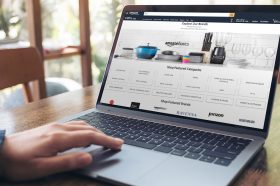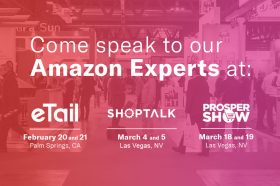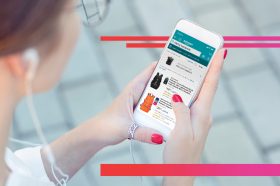Resources - Blog
3 Types of Traditional Amazon Advertising
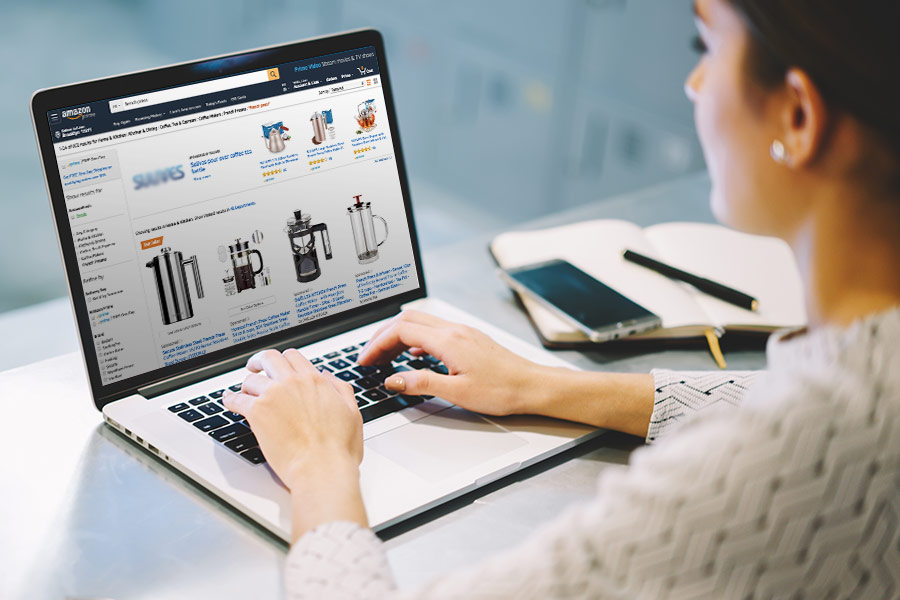
Stay on top of the latest e-commerce and marketplace trends.
In the third quarter of 2018, Amazon’s suite of advertising products was rebranded under one, streamlined portfolio known as Amazon Advertising. Included are the entities that have been historically referred to as the Amazon Advertising Platform (AAP), Amazon Media Group (AMG), and Amazon Marketing Services (AMS).
Although Amazon is still optimizing and refining them on a daily basis, the breadth and functionality of the advertising suite have proven transformative for sellers and brands who are willing to invest and incorporate an advertising plan into their greater Amazon strategy.
The advertising opportunities available on Amazon are designed to help you increase exposure, generate incremental sales and profits, positively impact your organic SEO ranking, and drive overall growth to your business. Be sure to experiment with each ad type to see which yields the highest return, and then reallocate advertising spend from there to optimize performance.
1. Sponsored Products
Sponsored Products Ads are pay-per-click campaigns that are keyword-targeted and appear within search results. Available to both first-party and third-party sellers, Sponsored Products Ads mainly appear on the Amazon search engine results page, but can also appear on product detail pages. Aside from the small font reading “Sponsored” above the listing title, the ads are virtually indistinguishable from the search results surrounding them. They can also be found boxed off on the right-hand side of the page, but appear as if they naturally belong there, prompting shoppers to click.
With Sponsored Products, because you have chosen target keywords, you pay for performance — meaning that you only pay a fee when someone clicks on the ad. The shopper will then be taken to the detail page where your offer is listed. Due to the fact that the program is keyword-driven, your products will only appear in a shopper’s search results if he or she is looking for a product that you offer. According to Amazon, these bottom-of-the-funnel ads can be beneficial for product visibility, new offers, offers with low glance views, clearance items, and seasonal promotions.
With Sponsored Products, you can launch both automatic and manual campaigns to give yourself more opportunities for ad placements. With automatic targeting, an Amazon algorithm automatically collects and targets highly relevant keywords for the products you choose to advertise. You place bids on ad groups that contain a grouping of products, rather than keywords.
For first-party sellers, bids are placed at the campaign level. Through search terms and related products such as a listing of “similar products related to this item” that show up below the fold, automated campaigns can provide additional benefits that you may not experience with a manual campaign.
With manual targeting, you can apply high-performing search queries for your automatic campaign or choose your own keywords. You can fine-tune your ad spend by choosing broad, phrase, or exact keywords when bidding. Bidding at the keyword level grants more control over which queries will trigger your ads in search results. Over time, a combination of manual and automatic campaigns will best optimize keyword harvesting for your ads and will ensure comprehensive coverage on relevant search queries.

2. Sponsored Brands
Formerly known as Headline Search Ads, Sponsored Brands are pay-per-click campaigns that are keyword-targeted and appear in the prominent positioning above Sponsored Products and organic search results. The ads feature customizable copy, a brand logo, and three spaces to showcase individual ASINs within the creative. When a shopper clicks on a specific product’s image or copy within the ad, they are taken to the product detail page, whereas when they click on the logo, headline copy, or “Shop Now” button, they are brought to a listing of the products included in the campaign.
First-party and third-party sellers who have completed the Brand Registry process can also use their Amazon Store as a landing page. Stores allow you to create your own website with your own branded URL on Amazon. As a curated destination, it can be used to showcase your brand story, value proposition, and products. Given the highly sought-after location of Sponsored Brands, they are commonly utilized to drive sales and increase brand visibility. As middle-of-the-funnel ads, they might lead to more loyal, repeat buyers.
Like Sponsored Products, Sponsored Brands should have a variety of keywords on all three match types, with bids based on their expected impact. High-traffic keywords should receive higher bids, while broader keywords should be assigned lower bids. Sponsored Brands allow for some customization of the ad creative, so given its prominent location, investing time in A/B testing the creative can yield strong performance results. You can test the custom headline and image, the order, number, and mix of featured ASINs, and the custom landing pages or Amazon Store.
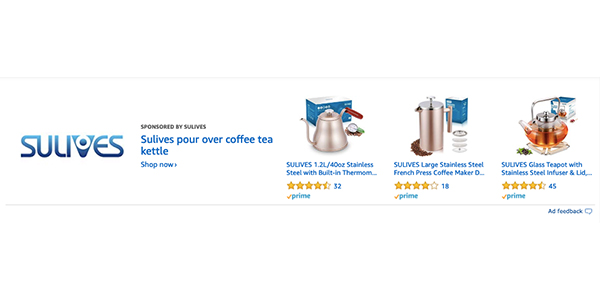
3. Product Display Ads
Amazon Product Display Ads, which are only available to first-party sellers, appear on product detail pages with similar items to the ones you are advertising. Essentially, you have the ability to advertise your product on your competitors’ pages, which is a significant advantage.
As lower-funnel ads, they are targeted by product or interest area and show up right below the Buy Box. They are likely the last ad a shopper will see before making a purchase. Since shoppers have not expressed direct, intentional interest in the product that is displayed to them, you should consider being more flexible with ROI goals than with other, more direct-response ad campaigns.
Product Display Ads can also appear below search results, on customer review pages, and on the top of the offer listing page. They may also show up in Amazon merchandising emails such as Abandoned Cart, View Follow Ups, and Recommendations based on customer browsing behavior.
With custom creative, you can create headlines with engaging messaging such as “Exclusive” or “New”, and you can include actionable phrases such as “Buy Now” or “Save Now.” All claims must appear in the product detail page. To note, Amazon will not approve claims that cannot be substantiated or that are a matter of opinion, such as “#1” or “Best Seller.”
With Display Ads, you can effectively upsell and cross-sell your products through highly relevant ads on detail pages of similar products. These ads extend your product visibility to out-of-category shoppers. In this manner, these ads can help you tap into a net new customer base.
You can also handpick in-category detail pages for your ad placements. You can use product targeting on detail pages for competitors, complementary products, or your own brand and can test different creatives and headlines to find which avenue works best to communicate your value proposition.

Final Thoughts
The Amazon Advertising suite has a range of ad types designed to help sellers and brands engage consumers at each stage of their buyer journey, from awareness to conversion and beyond. We anticipate that as more and more stakeholders join the platform, Amazon will continue to expand their advertising offering to enable greater competitive differentiation and ability to drive exposure to a larger audience.
Learn what Feedvisor can do for your business.
When you partner with Feedvisor, you automatically receive access to our true, AI-driven technology and hands-on team of e-commerce experts. Contact one of our team members today to learn more about our end-to-end solution for brands and large sellers on Amazon, Walmart, and e-marketplaces.
